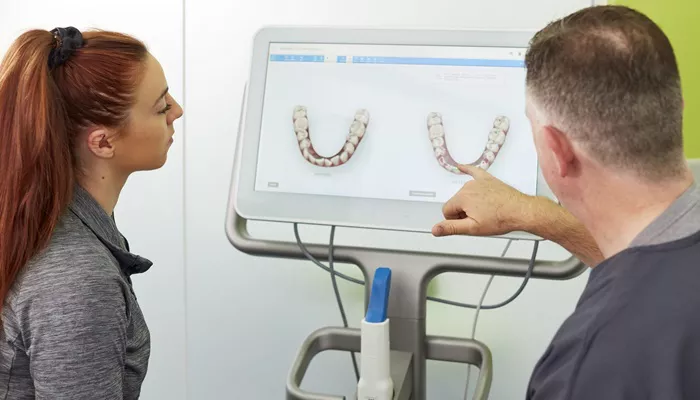Orthodontics is a specialized branch of dentistry focused on diagnosing, preventing, and correcting misaligned teeth and jaws. Basic orthodontic treatment encompasses fundamental procedures and techniques designed to address common dental alignment issues. This article provides a comprehensive overview of basic orthodontic treatment, exploring the essential components, methods, benefits, and considerations involved in this field.
Common Orthodontic Issues
Basic orthodontic treatment aims to address several common issues:
Crowding: Occurs when there is insufficient space in the dental arch for all teeth to align properly.
Spacing: Refers to gaps between teeth, which may be caused by missing teeth or other factors.
Overbite: A condition where the upper front teeth significantly overlap the lower front teeth.
Underbite: Occurs when the lower teeth protrude beyond the upper teeth.
Crossbite: When one or more of the upper teeth bite on the inside of the lower teeth.
Open Bite: Characterized by a gap between the upper and lower teeth when the mouth is closed.
SEE ALSO: What Is The Ideal Time for Orthodontic Treatment?
Basic Orthodontic Procedures
Basic orthodontic treatment typically involves several key procedures:
Consultation and Diagnosis:
Initial Evaluation: The process begins with an initial consultation where the orthodontist examines the patient’s teeth, bite, and overall oral health.
Diagnostic Records: This may include X-rays, photographs, and dental impressions to assess the alignment of teeth and the relationship between the upper and lower jaws.
Treatment Planning:
Customized Plan: Based on the diagnostic records, the orthodontist develops a personalized treatment plan to address the specific issues identified.
Discussion: The plan is discussed with the patient, including the estimated duration of treatment, expected outcomes, and any potential risks or limitations.
Braces and Appliances:
Traditional Metal Braces: Consist of metal brackets and wires that gradually shift teeth into the desired position.
Ceramic Braces: Similar to metal braces but with ceramic brackets that blend with the natural color of the teeth.
Lingual Braces: Placed on the inside surfaces of the teeth, making them less visible.
Clear Aligners: A series of custom-made, removable trays that gradually move teeth into place. Popular brands include Invisalign.
Adjustments and Monitoring:
Regular Check-ups: Patients visit the orthodontist periodically for adjustments to the braces or aligners to ensure progress and make necessary changes to the treatment plan.
Monitoring: The orthodontist monitors the movement of teeth and makes adjustments to ensure the treatment stays on track.
Retainers:
Purpose: After the active phase of treatment, retainers are used to maintain the new position of the teeth and prevent relapse.
Types: Retainers can be fixed (bonded to the back of the teeth) or removable (custom-made plastic devices).
Benefits of Basic Orthodontic Treatment
Improved Aesthetics: Straightening teeth enhances the appearance of the smile, which can boost self-esteem and confidence.
Enhanced Function: Correct alignment improves chewing, biting, and speaking functions.
Oral Health: Properly aligned teeth are easier to clean and maintain, reducing the risk of tooth decay, gum disease, and other oral health issues.
Prevention of Dental Issues: Addressing misalignments early can prevent more complex dental problems in the future.
Considerations And Challenges
Duration of Treatment: Basic orthodontic treatment can take several months to a few years, depending on the complexity of the case.
Comfort: Some discomfort and adjustment may occur, especially after tightening or adjusting braces.
Cost: Orthodontic treatment can be a significant financial investment, though many dental insurance plans offer coverage for orthodontic care.
Maintenance: Adhering to the orthodontist’s recommendations, including oral hygiene practices and dietary restrictions, is crucial for successful treatment.
Conclusion
Basic orthodontic treatment serves as a foundational approach to correcting common dental alignment issues. By addressing problems such as crowding, spacing, and bite discrepancies, orthodontists can help patients achieve a healthier, more aesthetically pleasing smile. Through various methods, including traditional braces, ceramic braces, lingual braces, and clear aligners, orthodontic treatment offers a range of options to suit individual needs and preferences. Understanding the key procedures, benefits, and considerations of basic orthodontic treatment is essential for anyone considering this important aspect of dental care.

